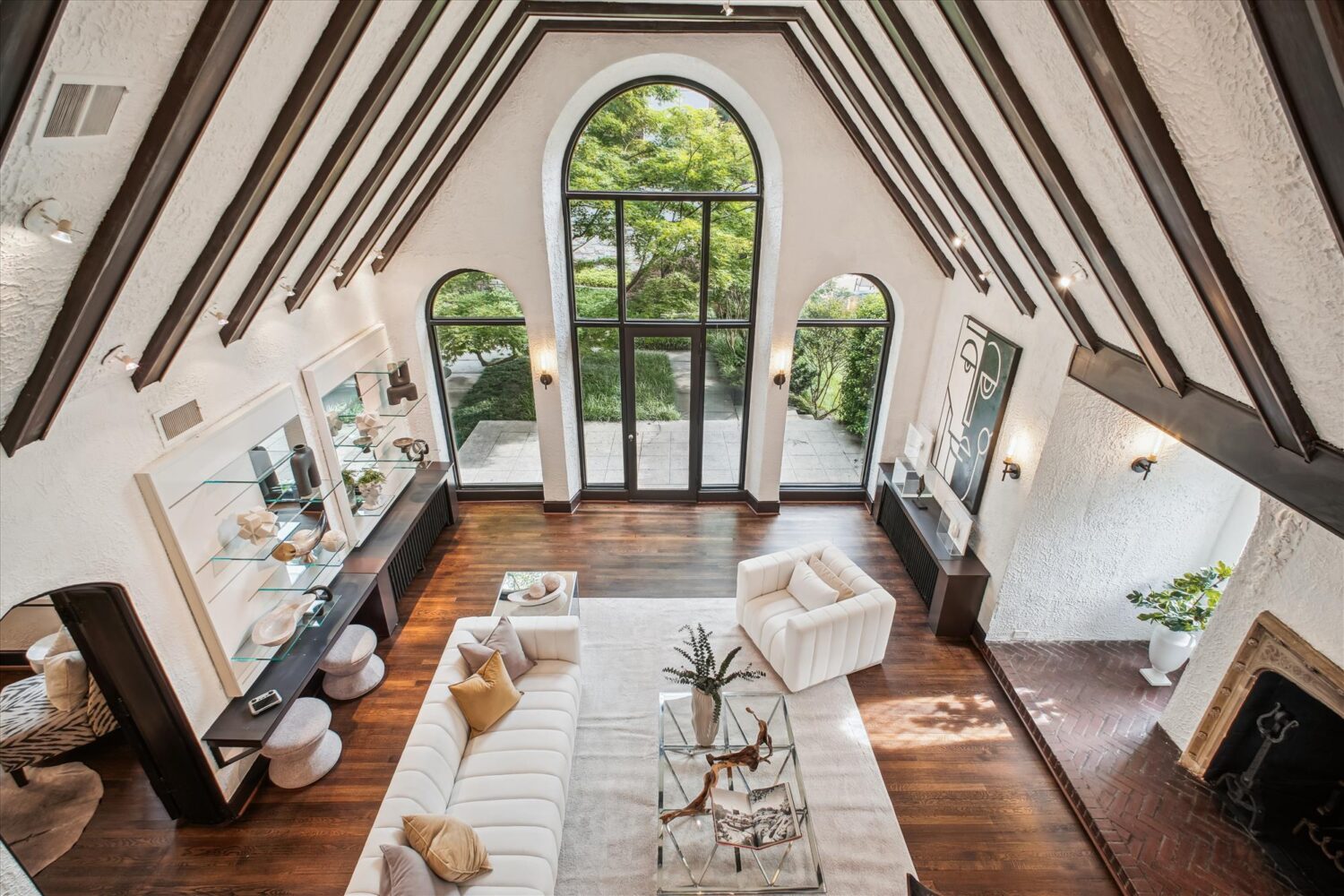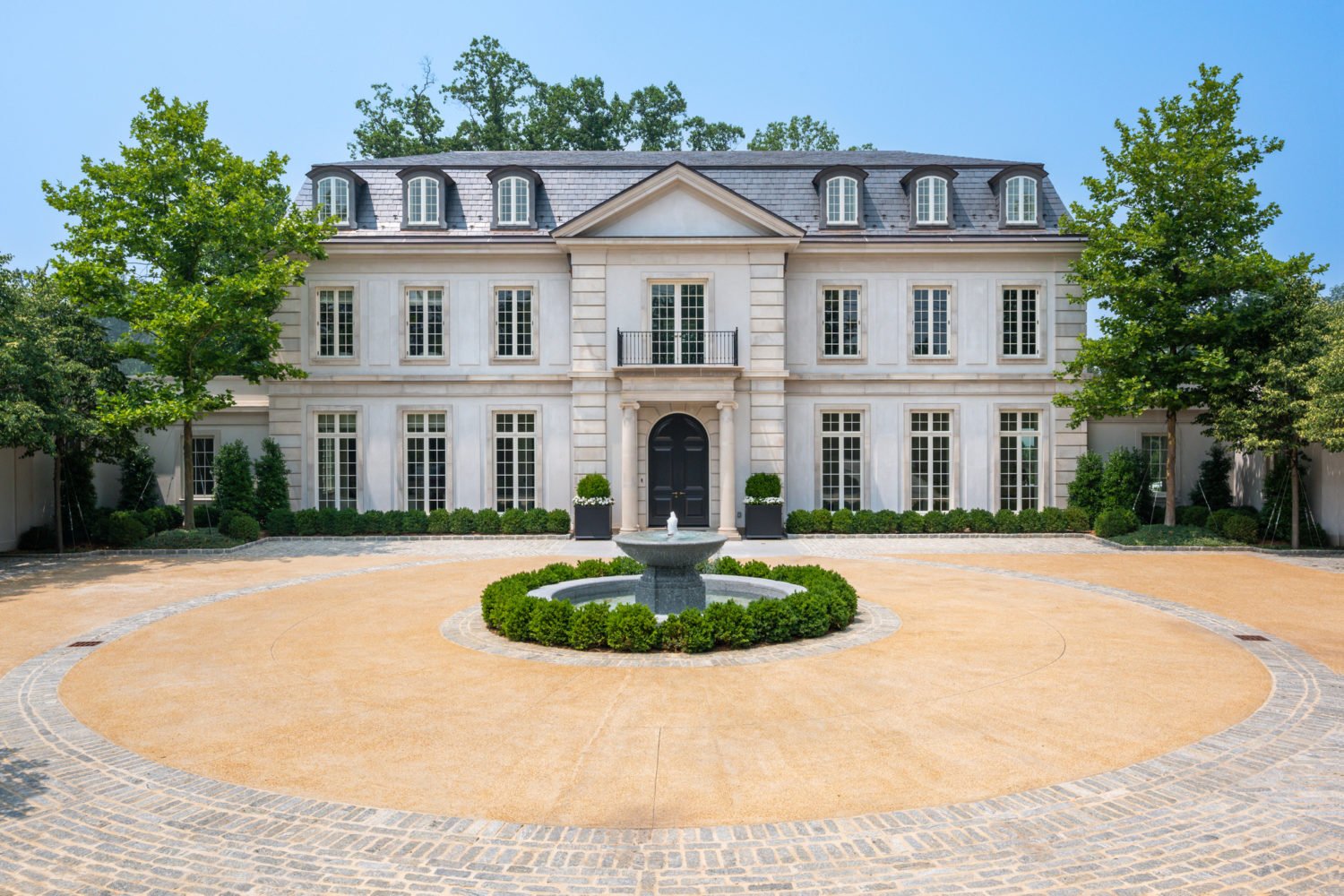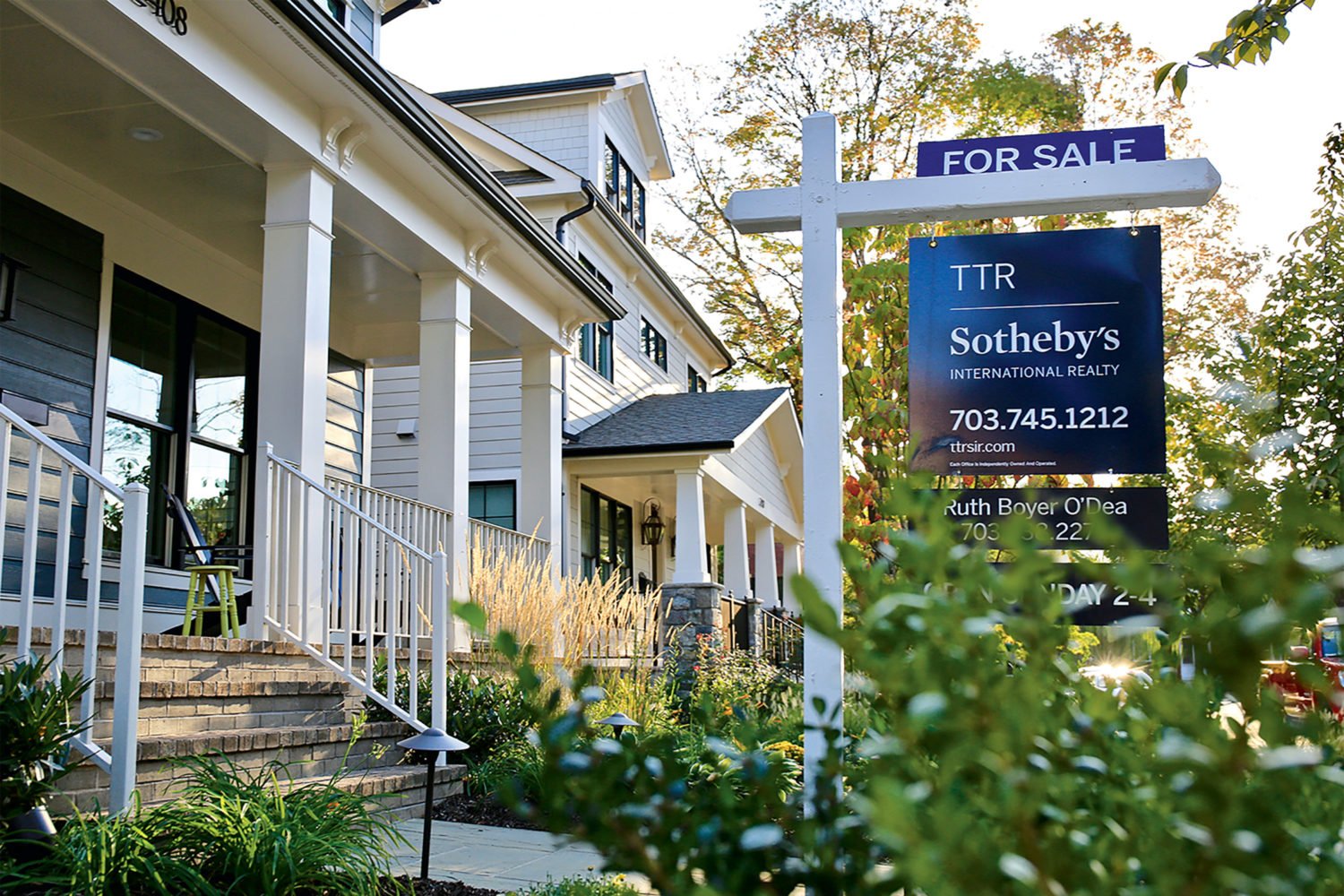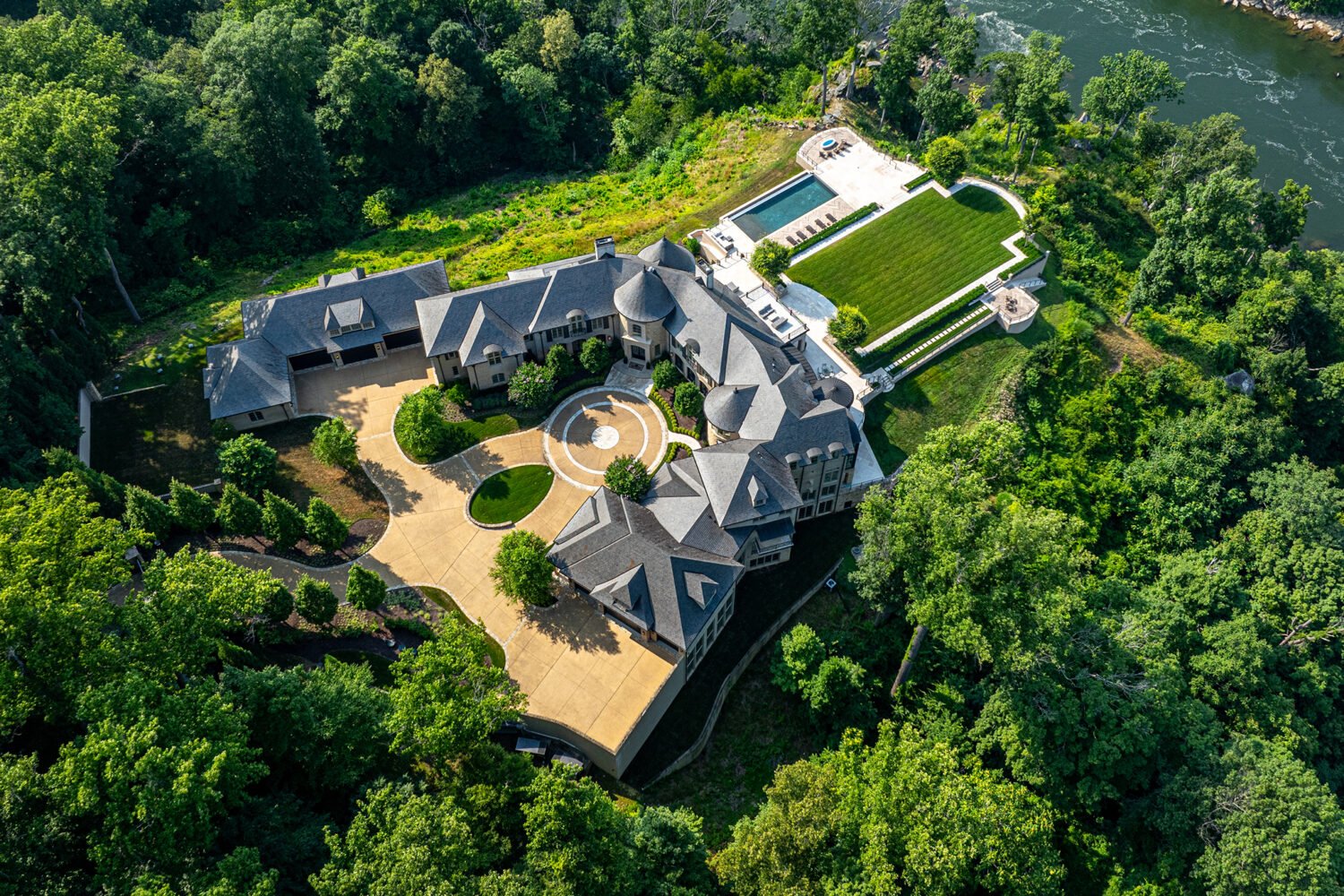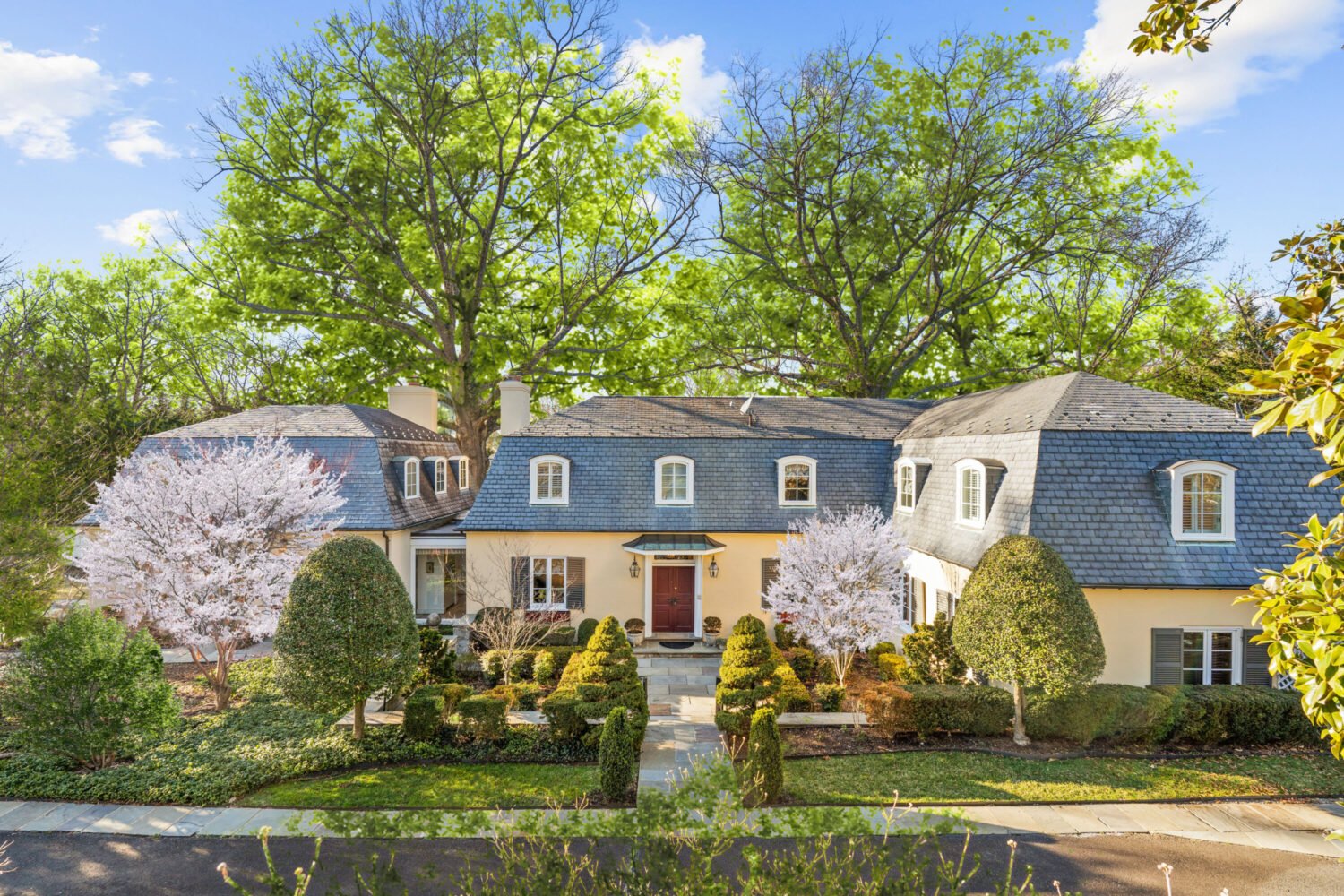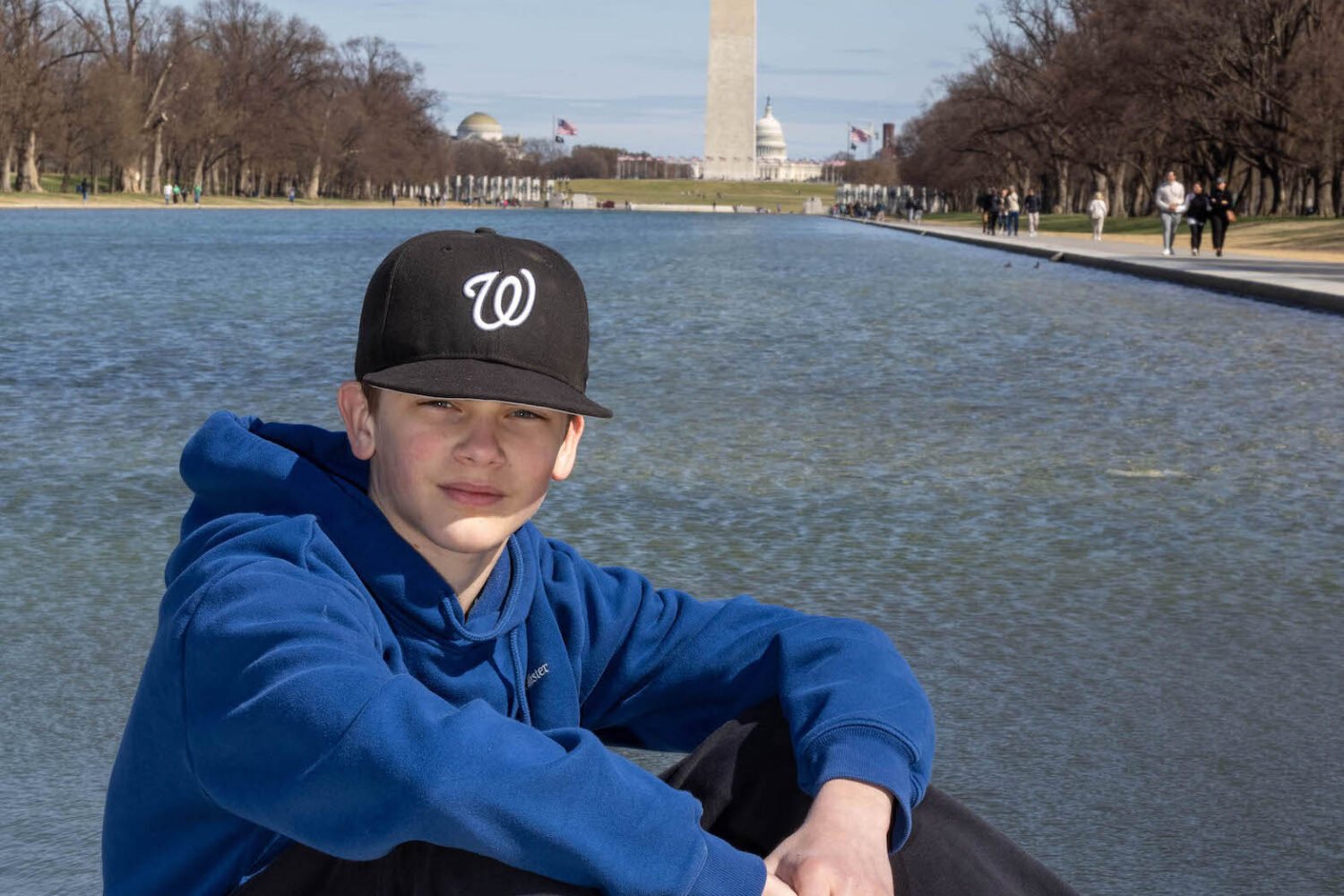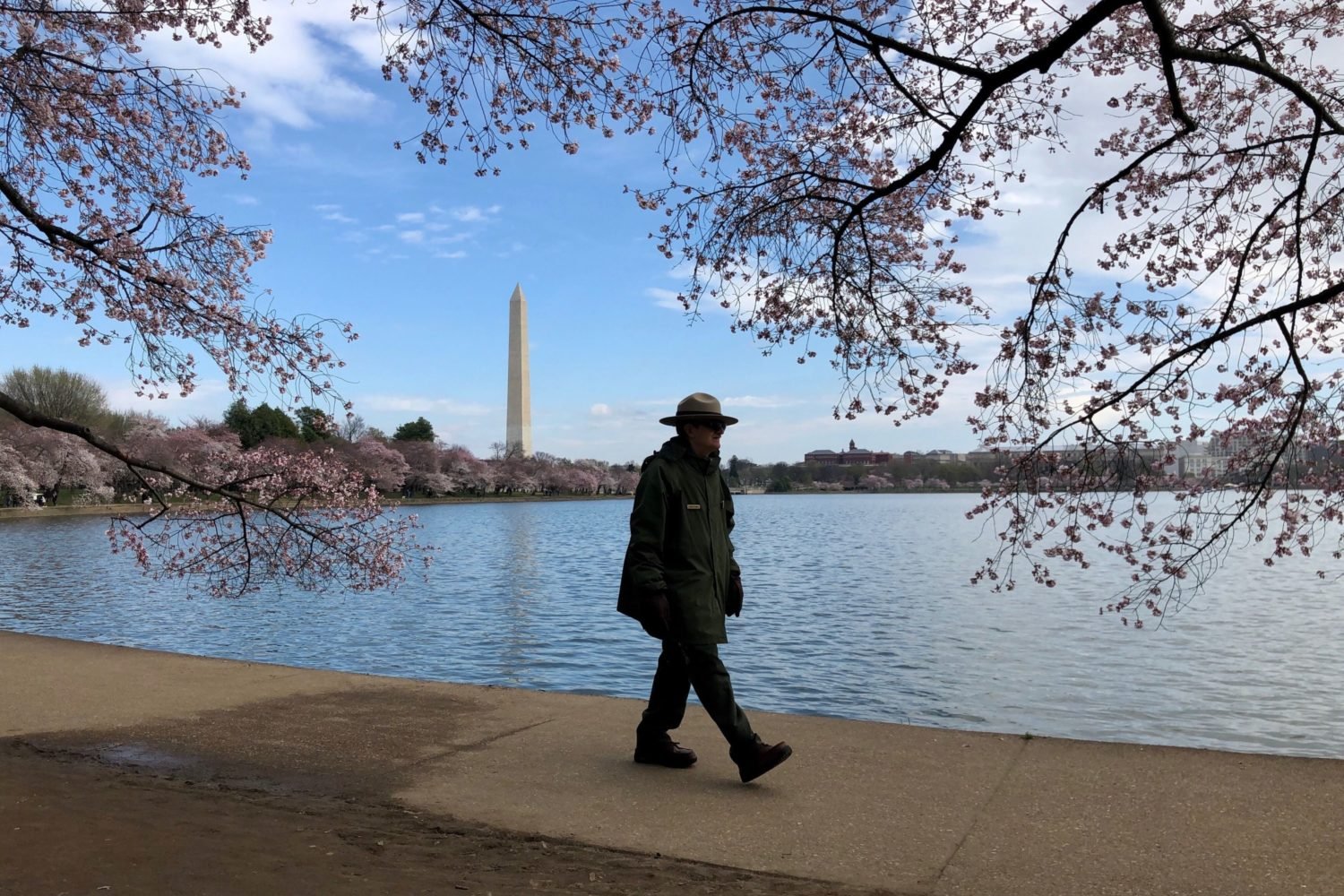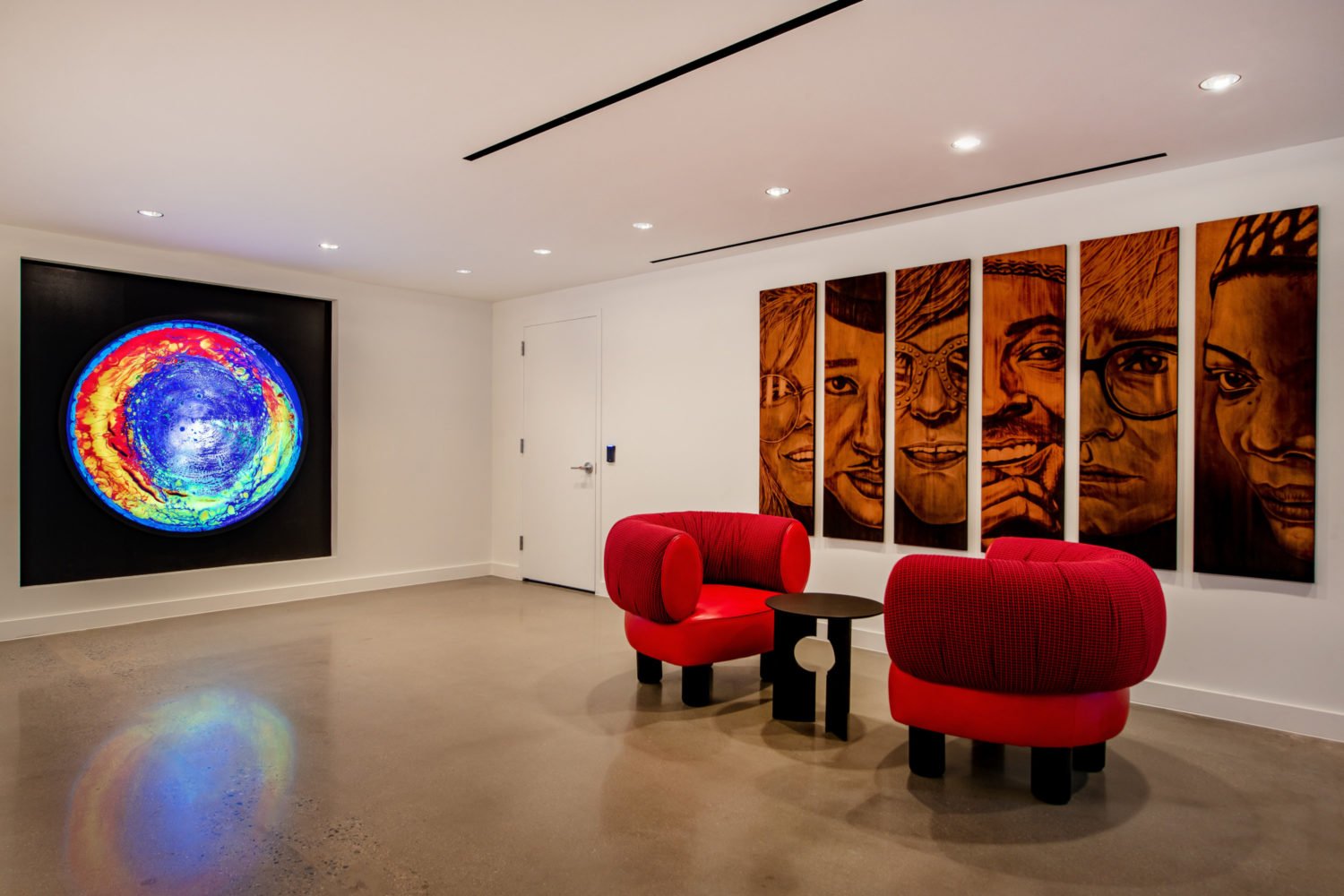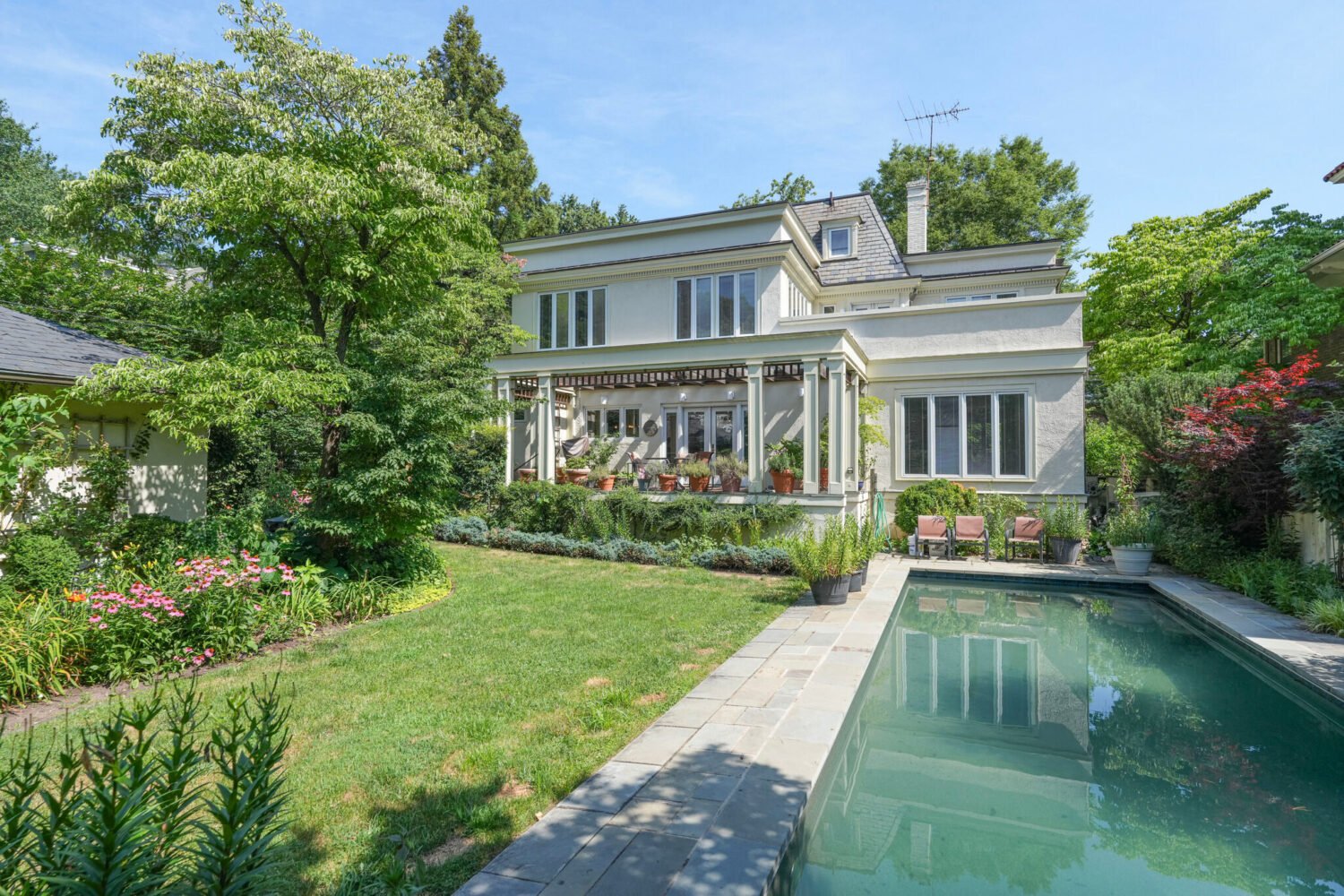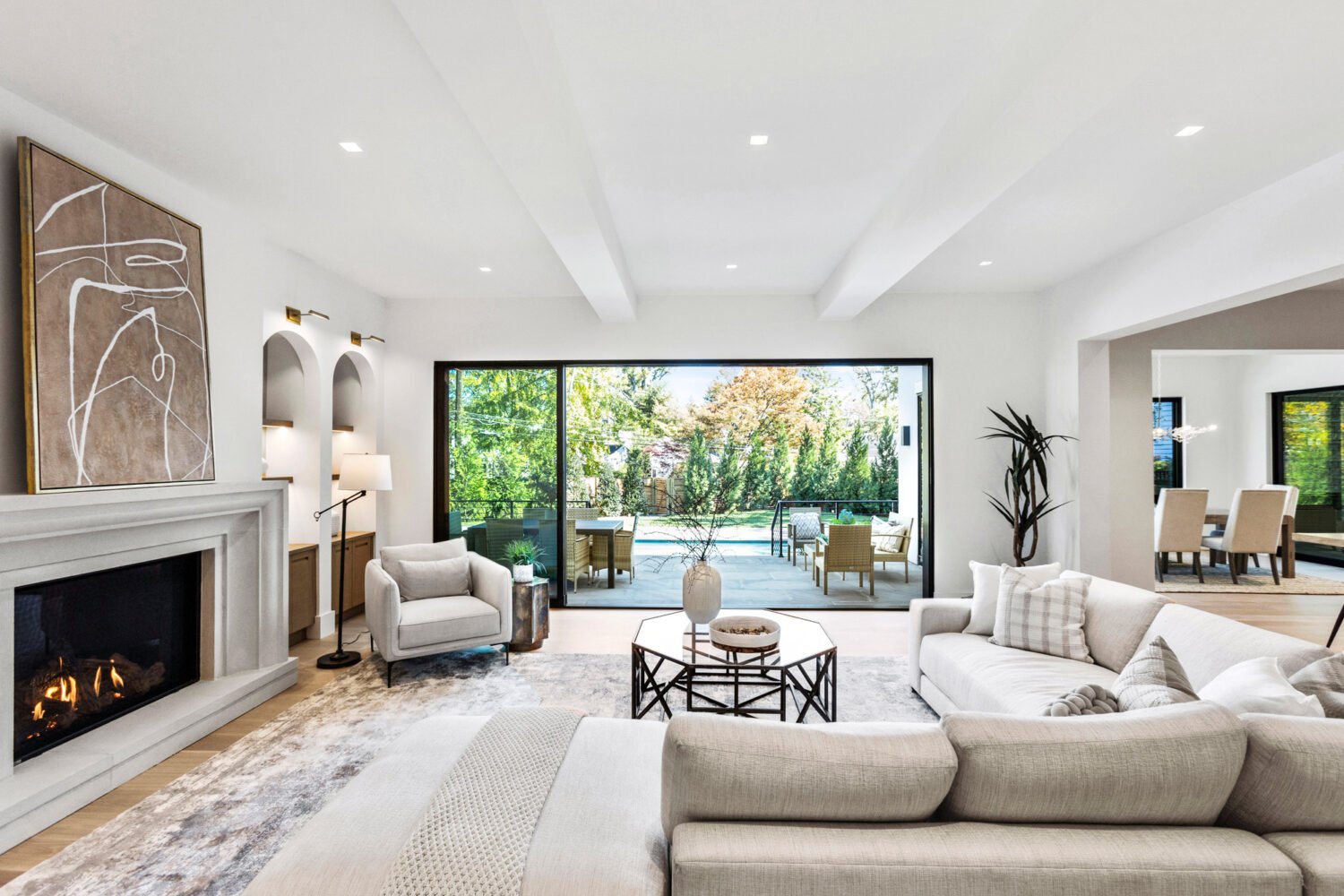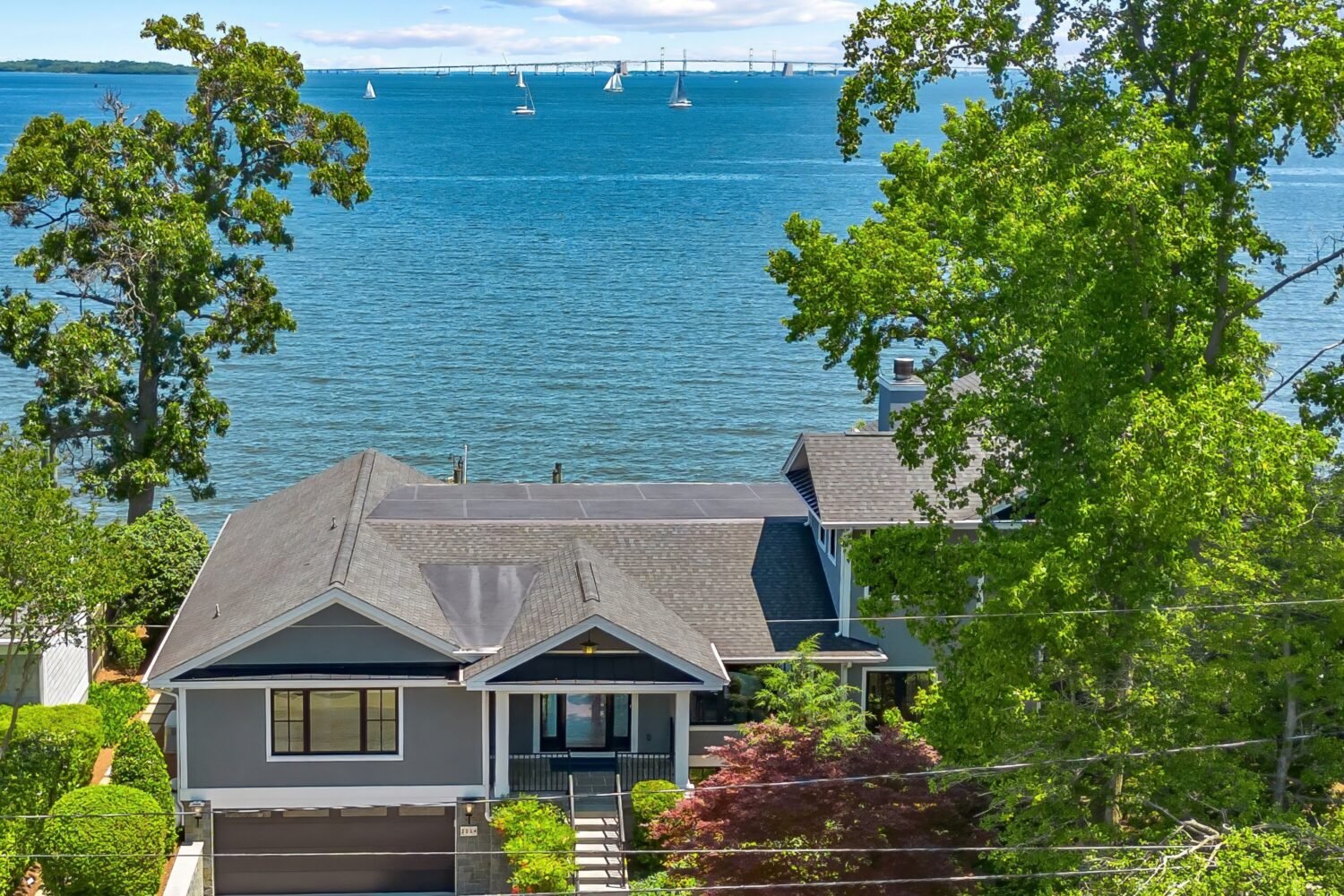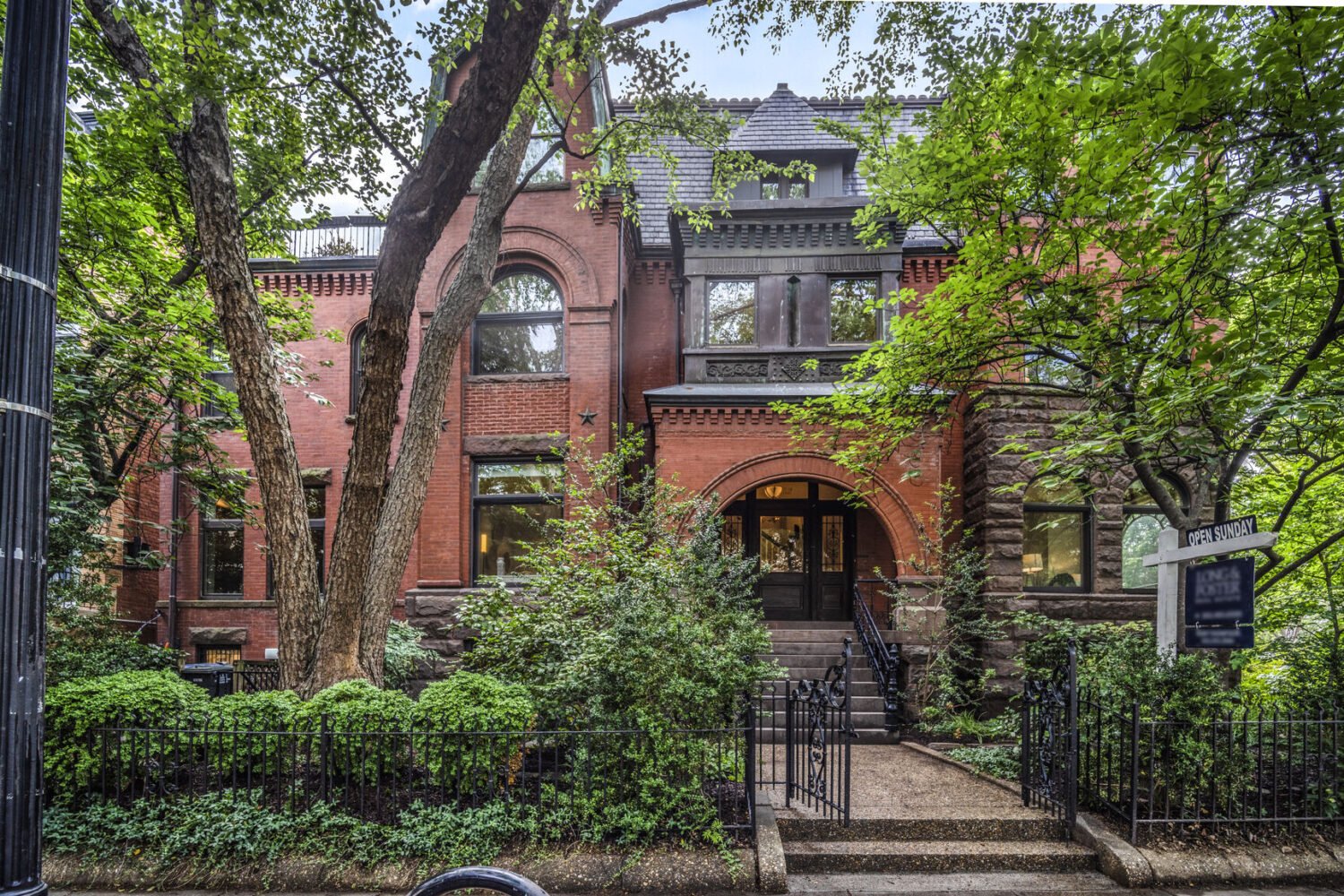About Coronavirus 2020
Washingtonian is keeping you up to date on the coronavirus around DC.
The latest data evaluating Washington’s luxury apartment market shows the Covid-19 pandemic continues to seriously impact both rents and vacancies. On average, rents in the types of high-end, amenity-packed buildings that have proliferated in Washington are down 10.7 percent within the city of DC, and 7 percent metro area-wide, compared to the same time last year.
Delta Associates, an authority on local commercial real estate, released the findings this week in its 2020 third quarter report, concluding: “The unprecedented nature of the pandemic and the resulting prolonged economic slowdown in its wake has impacted the apartment market more than initially expected.” Indeed, the third quarter stats show the rental market has become even weaker than it was during the second quarter of this year.
Within the District, a luxury apartment currently rents for an average of $2,387 per month, down from $2,669 in September 2019. Within the DC-metro, a unit goes for an average of $2,016, compared to $2,156 last year. But even as prices fall, tenants are moving out: Inside the city, buildings are 7.8 percent vacant, up from 4.4 percent last year. Throughout Washington, the vacancy rate is 5.5 percent, compared to 4.3 percent in September 2019.
Rents have been particularly affected in DC’s core downtown areas—including Logan and Dupont circles, Mount Vernon Triangle, and the West End. Combined, the average rent in those places is down 12.7 percent from last year. Capitol Riverfront and the Southwest Waterfront aren’t far behind—rent is down 12 percent there.
Upper Georgia Avenue, Columbia Heights/Shaw, and NoMa/H Street have seen rents fall 11.7 percent, 10.6 percent, and 10.1 percent respectively.
Delta Associates finds that low-rise buildings and apartments in the outer suburbs are faring better “as tenants flee to less dense areas.” In the Northern Virginia ‘burbs, rents are down 7.2 percent to an average of $1,907. In suburban Maryland, they’re down only 2.6 percent to $1,891.



